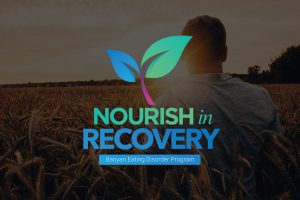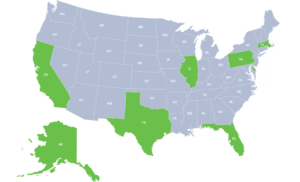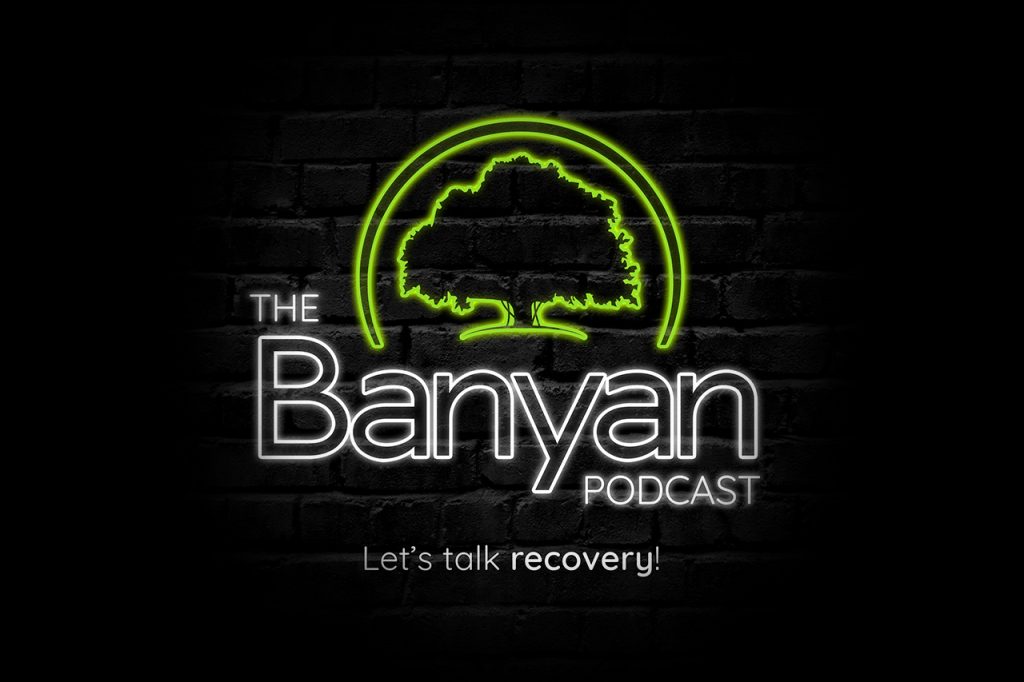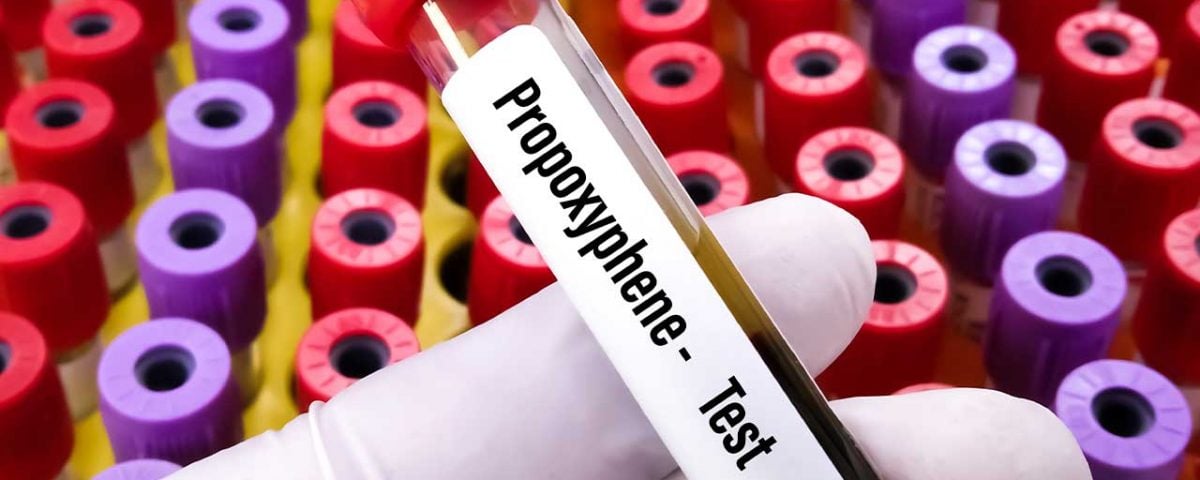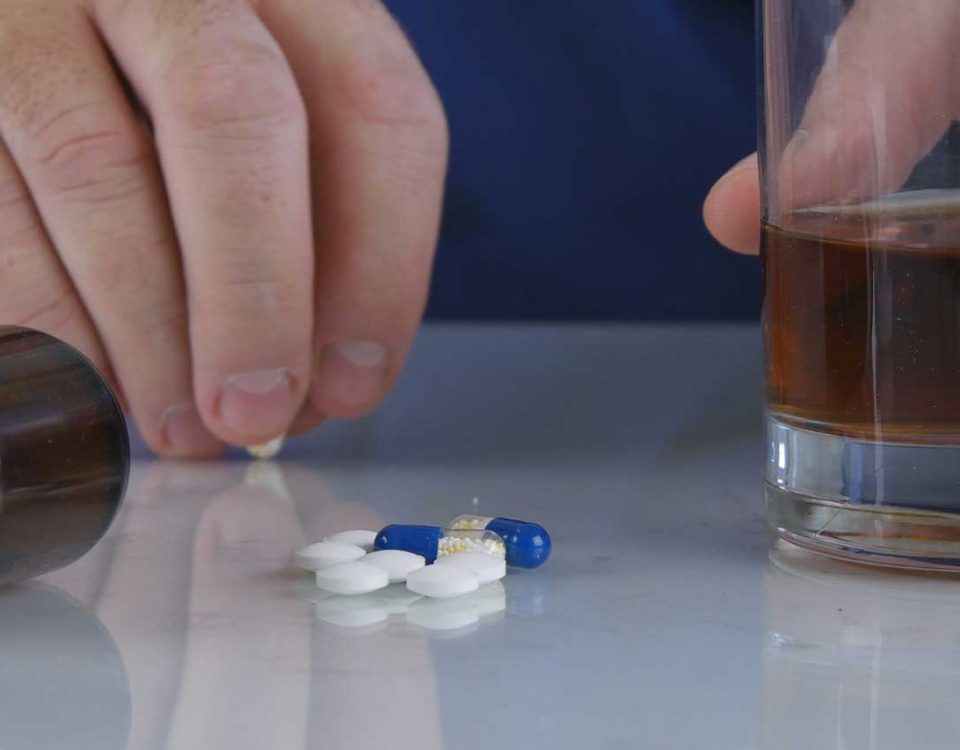Propoxyphene is the generic name for Darvocet and Darvon, opioid painkillers that were pulled from the market in 2010. Propoxyphene-based medications were prescribed because it was weaker than Codeine but still similarly suppressed coughing; however, the Food and Drug Administration (FDA) banned propoxyphene in 2010. To better understand the possible risks of this drug and why it was pulled from the market, we’re going over what propoxyphene is and its dangers.
What Is Propoxyphene?
Also known as dextropropoxyphene, propoxyphene is an opioid analgesic that was patented in 1957 by Eli Lilly and Company. It was intended for the use of mild pain treatment and had antitussive local anesthetic side effects.
When mixed with acetaminophen, propoxyphene was sold as Darvocet, which was one of the top 25 most-prescribed drugs in the U.S. before its removal from the market. According to the FDA, 20 million prescriptions were written for propoxyphene-based products in 2007 alone, and as many as 600 million are believed to have been written since the drug was introduced in 1957.
Similar to other opioid analgesics, propoxyphene works by binding to opioid receptors in the central nervous system throughout the body to block pain signals from the body to the brain. However, during this process, the chemical dopamine is also stimulated and released in the brain.
Dopamine is a neurotransmitter or chemical messenger that nerve cells use to communicate with each other. The chemical is linked to pleasure, euphoria, motivation, and reward. Many drugs, like propoxyphene, are addictive because they manipulate dopamine levels in the brain, causing the chemical to flood the central nervous system (CNS) and producing a euphoric high.
Unfortunately, due to the effects of a propoxyphene high, many individuals who were prescribed the drug would abuse it. Eventually, they began to show signs of tolerance, dependence, and addiction.
Why Was Propoxyphene Off-Market?
There are plenty of opioid drugs that have not been removed from the market, so why was propoxyphene banned?
Propoxyphene was banned in 2010 because it was linked to a higher risk of developing serious and sometimes fatal heart rhythm abnormalities, even when taken at recommended doses. Many people who took propoxyphene eventually developed heart-related problems like:
- Arrhythmia
- Bradycardia
- Cardiac arrest
- Respiratory arrest
- Congestive arrest
- Congestive heart failure (CHF)
- Tachycardia
- Myocardial infarction (MI)
In addition to heart abnormalities, other dangerous propoxyphene side effects included tolerance in individuals who were taking the drug for long periods, which led patients to increase their administered doses. Tolerance refers to the need for higher doses of a drug to experience the same effects.
Unfortunately, high tolerance can increase the likelihood of overdose, which occurs when someone takes larger doses of a drug than the body can process. Its removal from the market was first suggested by the consumer group Public Citizen in 1978 due to Darvocet’s addictive properties and high risk of overdose.
With its request denied, the group filed a second petition in 2006, which detailed the concern of cardiac toxicity linked to propoxyphene. European research eventually emerged, showing that propoxyphene-based drugs interrupt the electrical activity of the heart, increasing the risk of cardiac arrest and other problems.
In response, the United Kingdom banned propoxyphene in 2006, and the European Union followed in 2008. It wasn’t until 2010 that the U.S. also banned propoxyphene.
Help for Opioid Addiction
Although propoxyphene-containing medications were removed from the market, there are plenty of other opioids out there that are being abused every day. The nation is currently in an opioid epidemic that began in the late 1990s and has since impacted the lives of millions.
Not only is addiction a risk of opioid abuse, but overdose and death are also possible risks. Long-term drug use can also impact a person’s physical and mental health, relationships, employment, and finances.
Additionally, addiction can be an all-consuming disease, but the good news is that help is available. If you or someone you know is struggling with drug or alcohol abuse, our nationwide Banyan rehab locations are here for you.
We offer various levels of addiction treatment, including medically supervised detox, residential care, PHP, and more. We also incorporate family therapy and counseling to help clients make amends with their loved ones and assist spouses and family members in their healing from the impact of addiction, as well.
For more information about the substance abuse services offered at our addiction treatment centers, call Banyan Treatment Centers today at 888-280-4763.
Source:
Gov.UK - (Dextro)propoxyphene: new studies confirm cardiac risks
Related Reading:







